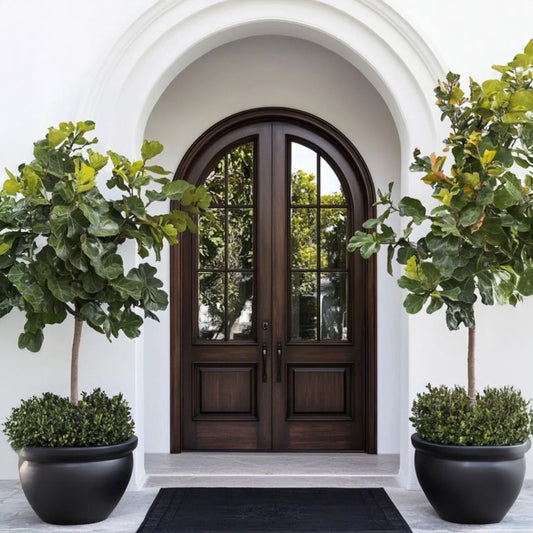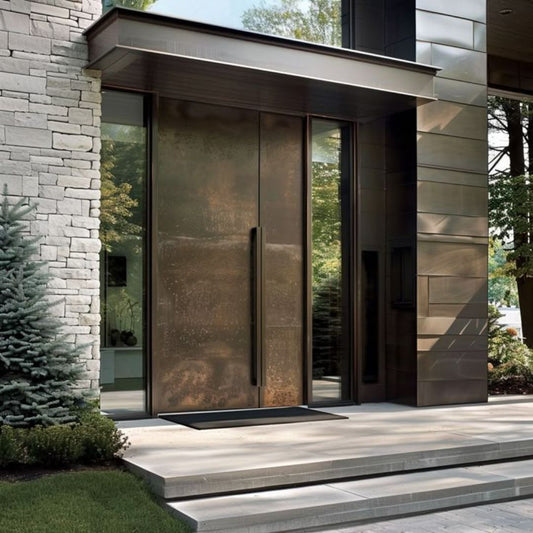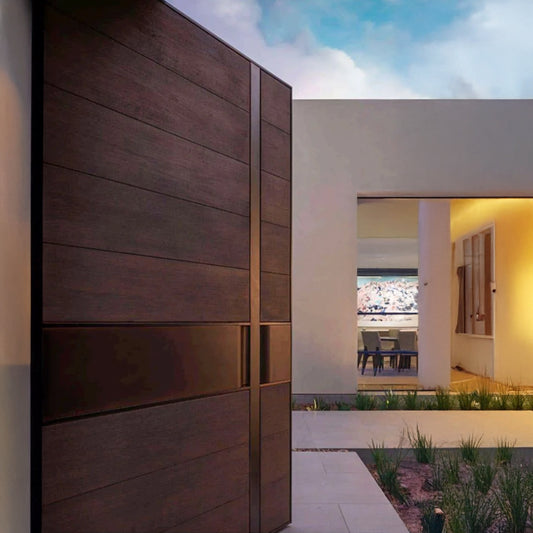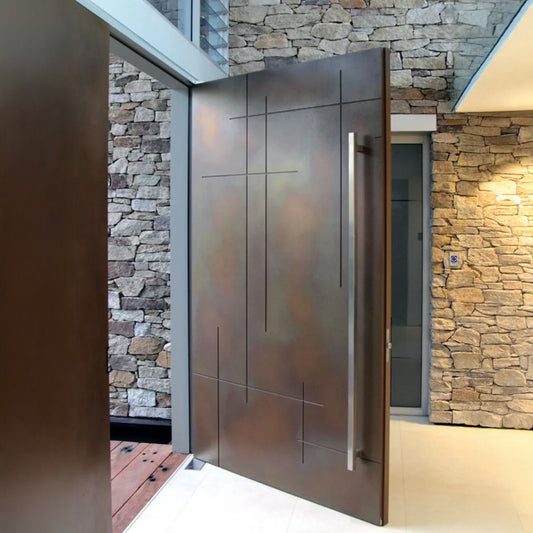
How to Choose a Front Door Style
Share
Choosing the right front door for your home is more than just about aesthetics; it’s about finding the perfect balance between style, functionality, security, and energy efficiency. A front door plays a crucial role in the overall protection of your house and can significantly impact your energy bills. Here, we break down the most common types of front doors available on the market to help you make an informed decision:
1. Composite Doors

Composite doors are one of the most popular choices for entry doors and are often the most recommended option. However, not all composite doors are created equal. When selecting a composite door for your home, it’s important to focus on solid core composite doors, which typically weigh over 45 kg for a standard size.
Benefits of Composite Doors:
- Durability: Solid core composite doors offer exceptional durability and are highly resistant to break-ins.
- Energy Efficiency: The solid core provides excellent insulation, helping to maintain a comfortable indoor temperature and reducing energy costs.
These features make composite doors a reliable choice for homeowners looking for both security and energy efficiency.
2. Aluminium Doors

Aluminium doors are another excellent option for front doors, known for their sleek, modern appearance and high level of security. However, there are a couple of significant drawbacks that might deter some homeowners:
Drawbacks of Aluminium Doors:
- Cost: Aluminium doors are the most expensive type of front door, often costing upwards of $3,000, compared to an average composite door which is around $800.
- Limited Design Options: Due to the nature of the material, aluminium doors have fewer design options compared to other types.
Despite these disadvantages, aluminium doors offer a sleek, contemporary look and superior protection for your home, making them a top choice for those who prioritize style and security.
3. uPVC Doors

uPVC doors are the most budget-friendly option available, but they come with trade-offs in terms of performance, especially when it comes to security and energy efficiency.
Characteristics of uPVC Doors:
- Material: uPVC doors are made from polyvinyl chloride, a type of plastic that is encased around a wood frame and filled with foam.
- Lightweight: Due to their construction, uPVC doors are very lightweight, typically weighing between 5 to 10 kg for a standard size door.
While uPVC doors are cost-effective, their lightweight nature and material composition mean they offer less security and insulation compared to composite or aluminium doors.
Conclusion
When choosing a front door, it’s important to consider factors like security, durability, energy efficiency, and budget. While each door type has its advantages, composite entry doors stand out as the most balanced option for most homeowners. With their solid core construction, composite doors offer superior protection against break-ins and provide excellent insulation, making them energy-efficient as well. They combine durability with a range of design options, allowing you to achieve both style and functionality without compromising on performance.
For those looking for a door that offers high security, excellent thermal performance, and an attractive appearance—all at a reasonable cost—composite entry doors are the best choice. They provide peace of mind, enhance your home’s curb appeal, and offer long-term value, making them a smart investment for any home.
Choose composite entry doors for a perfect blend of performance, durability, and style.



